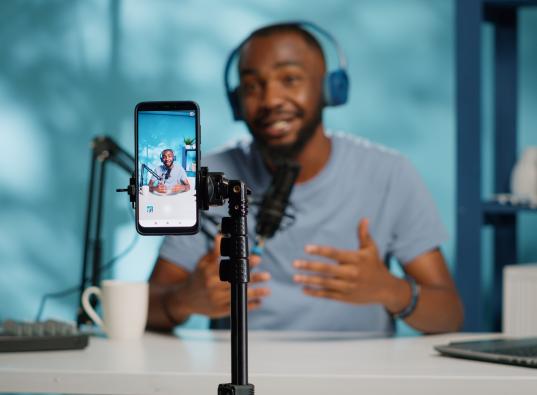When news broke in mid-March 2017 of brands pulling advertising from Google’s non-search platforms, it fed the dystopian view of many who fear the advance of artificial intelligence (AI).
The advertisers, who included the UK government alongside Hyundai, GSK and other heavyweights, were unhappy that their GDN and YouTube-flighted commercials were appearing alongside offensive content, including videos promoting David Duke, the American white nationalist and Steven Anderson, a pastor who praised the killing of 49 people in a gay nightclub.
Algorithms align advertisers with audiences
Google (and its subsidiaries such as YouTube) use algorithms to align advertisers with audiences. Increasingly, these algorithms are being fed insights gleaned from machine learning (ML) — as is the case with programmatic advertising. Mostly, it works and we hear little about it. But god forbid the machine goes wrong.
It was no surprise to hear various advertising bigwigs, including the industry’s biggest bigwig of all, moan about the very platform that’s made them billions. Sir Martin Sorrell, whose agencies spend around US$5bn on Google each year, issued a statement saying that Google (and Facebook) have the same responsibilities as any media company and could not masquerade as mere technology platforms.
While I agree wholeheartedly with the sentiment, I was taken aback at the lack of context in his and many of his peers’ words.
Eyes wide open
First up, the media companies have been quick to use Google’s technology as it enables them to cut cost and boost profit (the birth of programmatic has seen many a highly remunerated planner head for career counselling). And they’ve done so with eyes wide open in the full knowledge that AI and ML is a nascent technology that will have the inevitable stumble.
IBM’s spent US$15bn on Watson and, yet for all its successes, its AI machine is probably best-known for thinking Toronto was in the US.
For its part, Google spends serious money and effort on improving its systems. Ronan Harris, head of Google in the UK — which is where the blooper was first spotted — openly acknowledged that it doesn’t always get it right, but pointed to the fact that Google removed nearly 2bn offensive ads from its platforms last year while blocking 100 000 publishers from its display network.
Contextual-placement challenge not new
The challenge of contextual placement isn’t a new issue — stories of print media running ads that are highly inappropriate in the context of adjacent editorial (such as an airline ad appearing next to a story on terrorism-induced aviation disaster) — and/or the history of the sometimes-fractured relationship between editorial and advertising.
The nexus of the concern, however, is that YouTube’s revenue-share model rewards content producers (viz the likes of Suzelle with her DIY tips, as well as homophobic pastors) each time someone is force-fed an ad while viewing their video. It’s not much of a stretch to claim that the advertiser is thus funding the content producer. That’s fine when the video is, say, showing you how to put a knob on a door. But it can become problematic if the knob is being put somewhere else.
Now I’m not suggesting that adland should remain quiet when something goes wrong with automated placement systems. Indeed, the reverse is true. It should be hollering from the rooftops and demanding change. But it should be looking to itself just as much as it’s complaining about the publisher.
Not using it properly
For a big part of the issue is that the ad execs using Google’s programmatic software aren’t using it properly. Just as Google’s search platform, AdWords, allows advertisers to choose which keywords they DO NOT want their ads be associated with, so, too, do its programmatic tools.
The system might still be far from perfect but, had the operators made full use of the platform’s configurable settings to better segment audience preferences and incorporate negative keywords, they probably wouldn’t have suffered the ignominy of being caught being loose with someone else’s money.
A big part of the issue is that we associate automation with time- and cost-savings. And as the media landscape has changed, adland’s seen an opportunity to replace expensive media planners with more-affordable resources in the belief that the computer will do most of the work. That may be true in the future, once Google’s AI has learned a few more lessons but, for now, the master needs to control the machine.
So let’s not use incidents like this to castigate the innovators. Let’s rather get ourselves up to speed on how to use their technologies.
This article was originally published by MarkLives.
Need Assistance with Digital Strategy?
Rogerwilco’s team of strategists, business analysts and data scientists is here to help.





